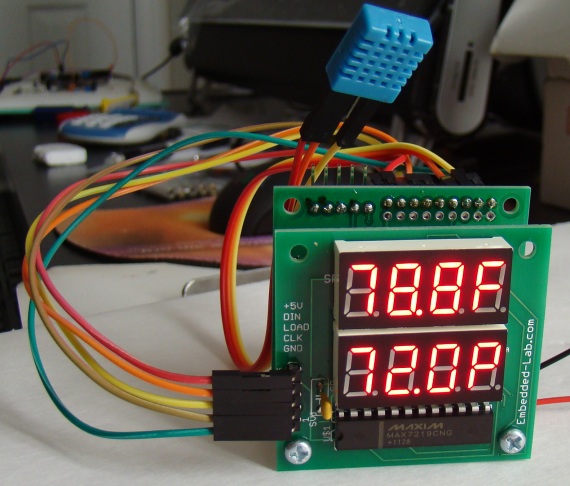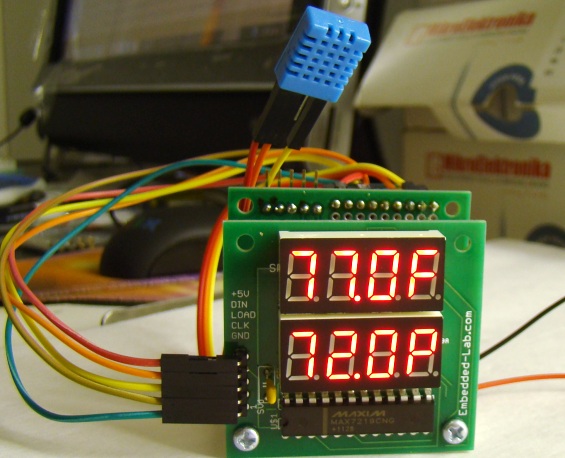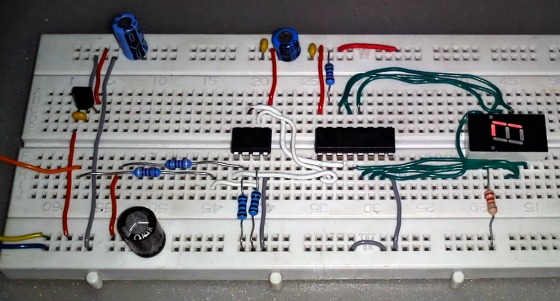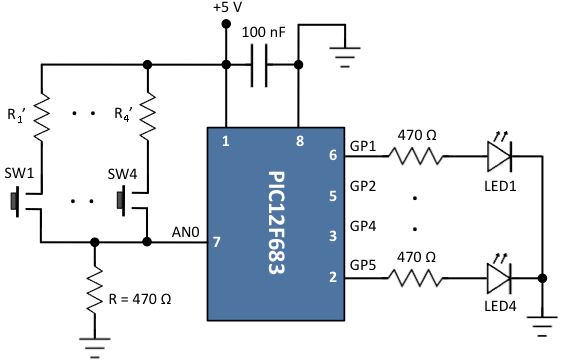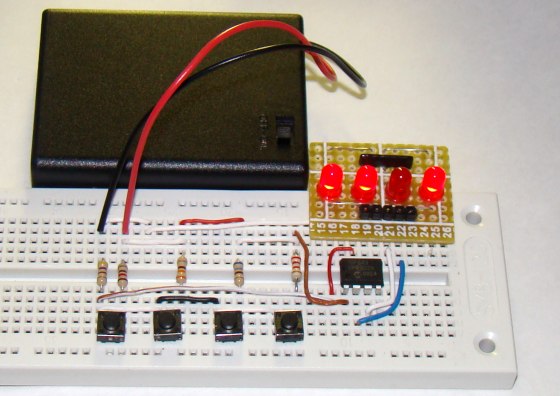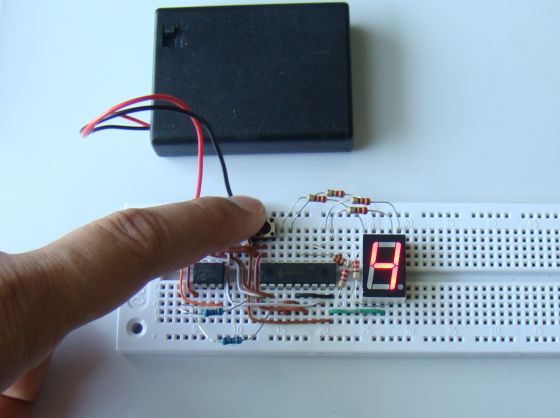Add a reminder to your washer

Most washers don’t have a built-in reminder. Mine doesn’t have either and a lot of time I have forgot my clothes inside it after they are done. The wet clothes smell really bad if they are left inside the washer for a while. If you have a similar issue with your washer, you might want to build this project which adds an audible reminder to the washer that will beep when the clothes are done.
This project is based on an accelerometer that continuously senses the vibration of the washer when it is running. When the clothes are done, the washer stops and so does its vibration. The PIC12F683 microcontroller turns on an alarm when the accelerometer doesn’t get any movement for a preset time interval.

